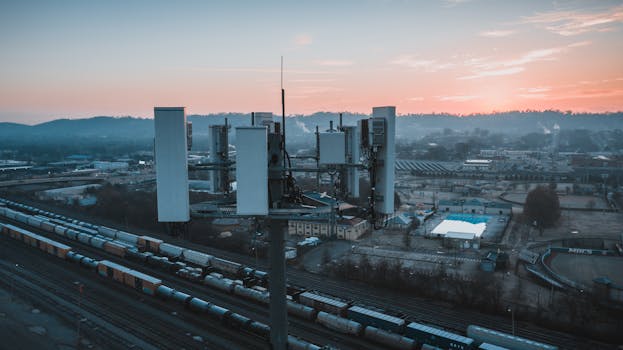Urban Green Spaces: The Future of Outdoor Living in European Cities by 2025
Urban Green Spaces: The Future of Outdoor Living in European Cities by 2025 is a concept that has been gaining momentum in recent years. As the world becomes increasingly urbanized, the importance of green spaces in cities cannot be overstated. These areas not only provide a tranquil escape from the hustle and bustle of city life but also play a crucial role in promoting sustainability, health, and well-being.
Introduction to Urban Green Spaces
Urban green spaces refer to areas of vegetation, water, or other natural elements within an urban environment. These can include parks, gardens, green roofs, and even urban wetlands. The concept of urban green spaces is not new, but it has evolved significantly over the years. With the increasing awareness of the importance of sustainability and environmental protection, urban green spaces have become a vital component of urban planning.
Benefits of Urban Green Spaces
The benefits of urban green spaces are numerous. Some of the most significant advantages include:
- Improved air quality: Urban green spaces can help reduce air pollution by absorbing pollutants and producing oxygen.
- Climate regulation: Green spaces can help regulate the urban microclimate, reducing the urban heat island effect and mitigating the impact of extreme weather events.
- Enhanced biodiversity: Urban green spaces can provide habitats for various plant and animal species, promoting biodiversity and supporting ecosystem services.
- Improved mental health: Spending time in nature has been shown to have a positive impact on mental health, reducing stress and anxiety.
- Increased social cohesion: Urban green spaces can serve as community hubs, fostering social interaction and a sense of community.
European Cities Leading the Way
Several European cities are at the forefront of urban green space development. Cities like Copenhagen, Stockholm, and Amsterdam have incorporated green spaces into their urban planning, creating sustainable and livable environments. For example:
- Copenhagen’s green roof initiative has resulted in over 60% of the city’s roofs being covered in vegetation.
- Stockholm’s Royal National City Park is one of the largest urban national parks in the world, providing a green oasis in the heart of the city.
- Amsterdam’s green spaces, including the famous Vondelpark, cover over 12% of the city’s surface area.
Challenges and Future Directions
Despite the numerous benefits of urban green spaces, there are challenges to be addressed. These include:
- Availability of space: In densely populated cities, finding available space for green spaces can be a significant challenge.
- Funding: Creating and maintaining urban green spaces requires significant investment.
- Community engagement: Encouraging community involvement and participation in the development and maintenance of urban green spaces is crucial.
To overcome these challenges, cities must adopt innovative and sustainable approaches to urban planning. This can include:
- Integrating green spaces into existing infrastructure, such as green roofs and walls.
- Implementing community-led initiatives, such as community gardens and urban agriculture projects.
- Developing green infrastructure, such as parks and green corridors, to connect urban green spaces.
Conclusion
Urban Green Spaces: The Future of Outdoor Living in European Cities by 2025 is a vision for a sustainable and livable future. As cities continue to grow and evolve, the importance of green spaces will only continue to increase. By prioritizing urban green spaces, European cities can create healthier, more sustainable, and more livable environments for their citizens.






